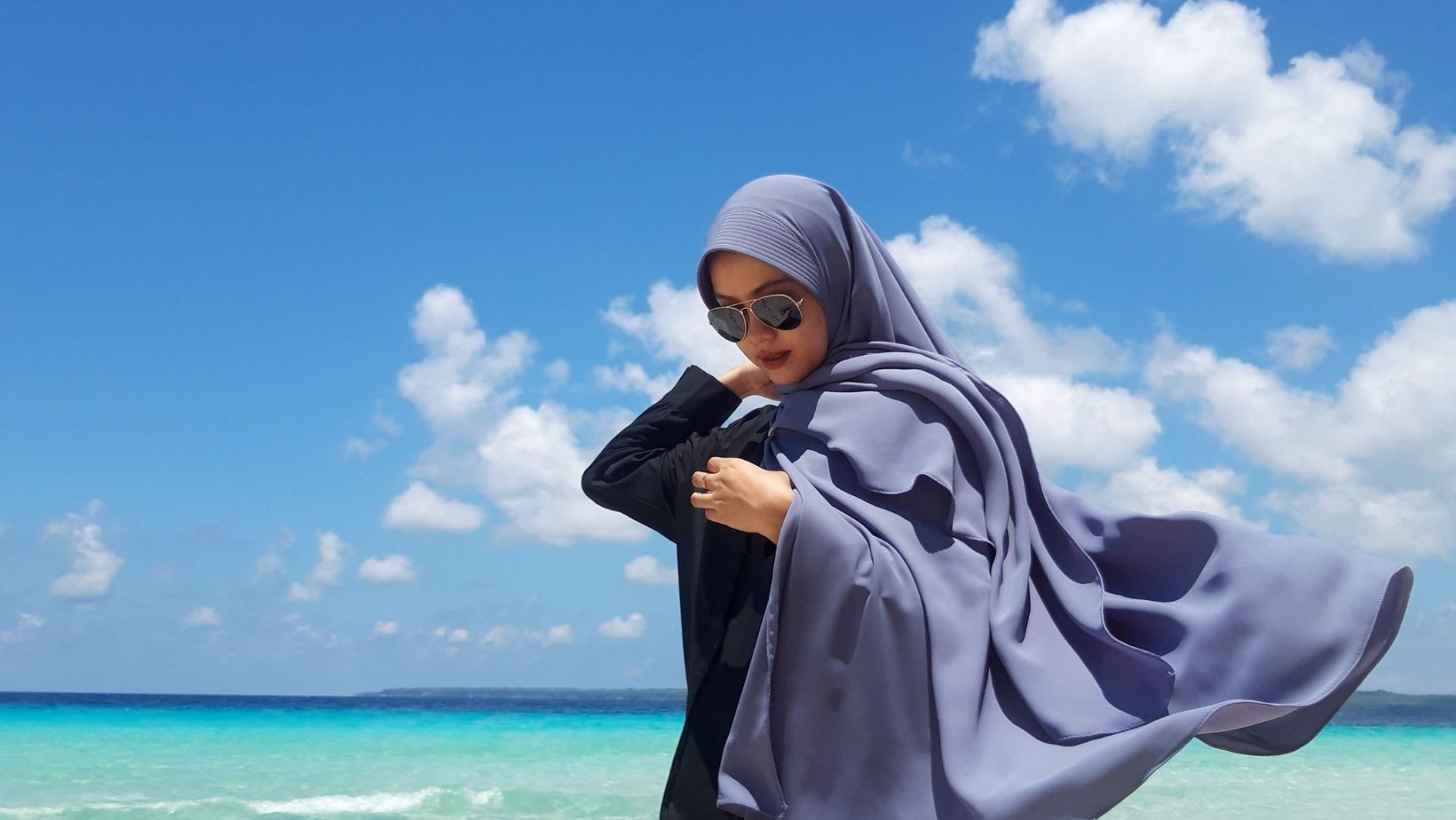 Jilbab Warna Coksu: Stylish Options for Every Occasion
Jilbab Warna Coksu: Stylish Options for Every Occasion
Jilbab Warna Coksu
Jilbab warna coksu is a traditional headscarf commonly worn by Muslim women in Indonesia. The term jilbab refers to a loose-fitting outer garment that covers  the head and neck, while warna coksu translates to chocolate color in English. This particular style of jilbab has gained popularity for its rich hue and versatile design.
the head and neck, while warna coksu translates to chocolate color in English. This particular style of jilbab has gained popularity for its rich hue and versatile design.
As an expert blogger, I’ve noticed a growing trend towards embracing vibrant colors in modest fashion choices, and jilbab warna coksu perfectly embodies this shift. The deep brown shade of chocolate adds a touch of elegance and sophistication to everyday attire, making it a popular choice among women looking to make a statement while adhering to modest dressing guidelines.
When it comes to styling jilbab warna coksu, the versatility of the chocolate color allows for easy coordination with various outfits. Whether paired with casual jeans and tops or elegant dresses for special occasions, this headscarf effortlessly complements different styles. Stay tuned as I delve deeper into the cultural significance and fashion impact of jilbab warna coksu in upcoming articles!
Understanding Jilbab Warna Coksu
Jilbab Warna Coksu, a vibrant and popular style of headscarf, holds cultural significance and fashion appeal. It is characterized by its colorful patterns and designs that resonate with many individuals seeking a blend of modesty and self-expression.
Origins
The term “Warna Coksu” originates from the Indonesian language, where “warna” means color, and “coksu” comes from the word “kocak,” translating to funny  or amusing. This unique combination reflects the playful and cheerful nature of these headscarves.
or amusing. This unique combination reflects the playful and cheerful nature of these headscarves.
Cultural Significance
In Indonesian society, Jilbab Warna Coksu serves as more than just a piece of clothing; it symbolizes creativity, individuality, and tradition. Women often choose specific colors or patterns that align with their personalities or mood, turning this garment into a form of personal storytelling.
Fashion Statement
Beyond its cultural roots, Jilbab Warna Coksu has gained traction in the fashion industry worldwide. Its bold hues and intricate designs have caught the attention of fashion enthusiasts looking to incorporate diverse styles into their wardrobe while respecting different cultural influences.
Versatility
One notable aspect of Jilbab Warna Coksu is its versatility – it can be styled in various ways to suit different occasions. Whether worn casually for everyday outings or accessorized elegantly for formal events, this headscarf adapts effortlessly to different settings without compromising on style.
With its fusion of tradition, creativity, and contemporary flair, Jilbab Warna Coksu continues to captivate individuals globally who appreciate both the aesthetic appeal and deeper cultural meanings woven into this vibrant accessory.
The Significance of Jilbab in Islamic Culture
Exploring the importance of the jilbab in Islamic culture reveals its deep-rooted significance. The jilbab, a loose-fitting outer garment worn by Muslim women to  cover their bodies, symbolizes modesty and religious identity. This attire goes beyond mere clothing; it embodies cultural values and spiritual devotion.
cover their bodies, symbolizes modesty and religious identity. This attire goes beyond mere clothing; it embodies cultural values and spiritual devotion.
Cultural Identity
The jilbab serves as a visual representation of one’s commitment to faith and adherence to Islamic teachings. By wearing the jilbab, Muslim women proudly display their cultural heritage and demonstrate respect for traditional values. It fosters a sense of unity within the community, reinforcing shared beliefs and customs.
Modesty and Respect
In Islamic culture, modesty is highly esteemed, with the jilbab playing a pivotal role in upholding this virtue. By concealing certain aspects of the body, particularly in public settings, individuals show reverence for themselves and others. The jilbab promotes dignity and self-respect while encouraging mutual respect among members of society.